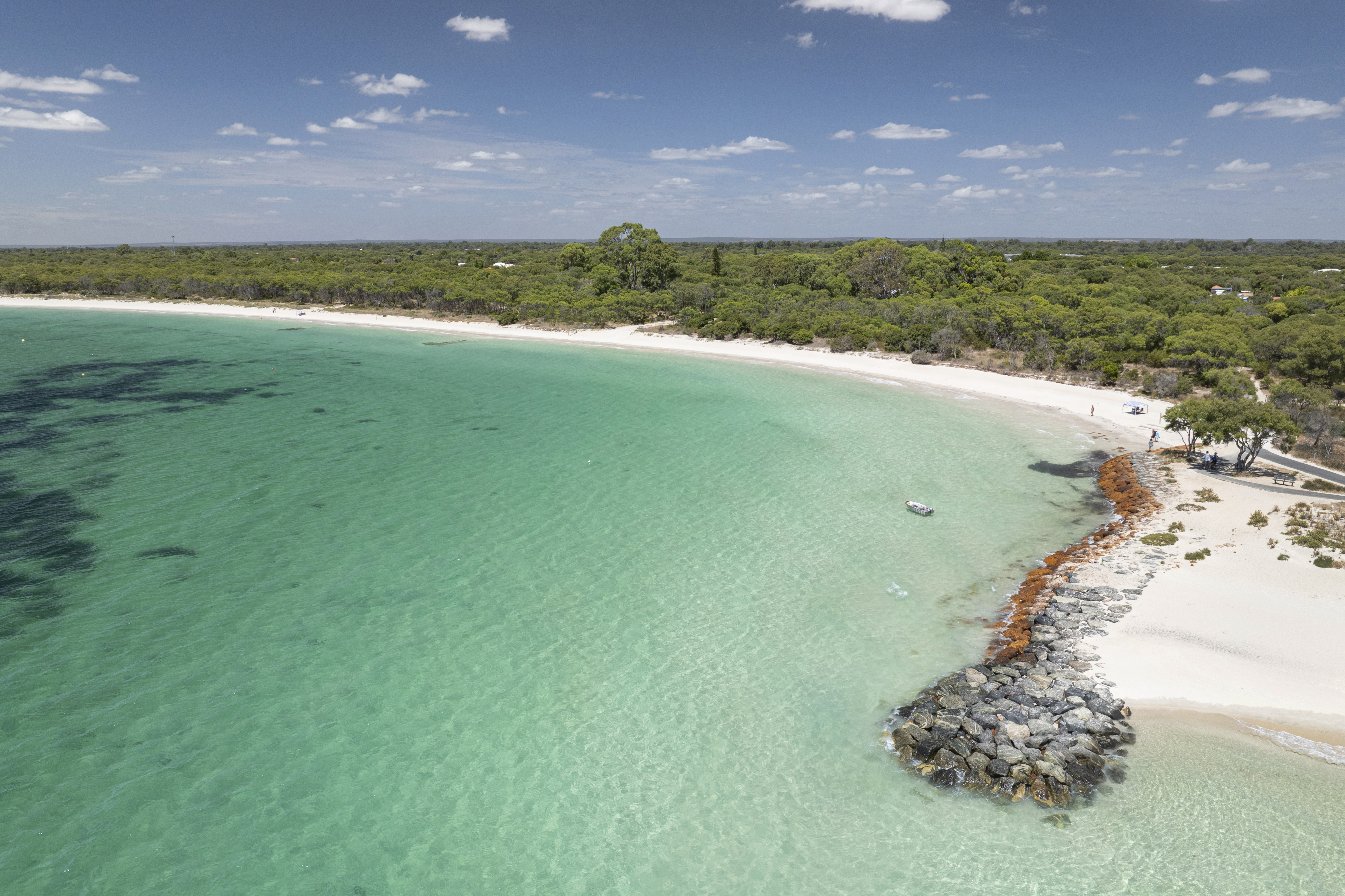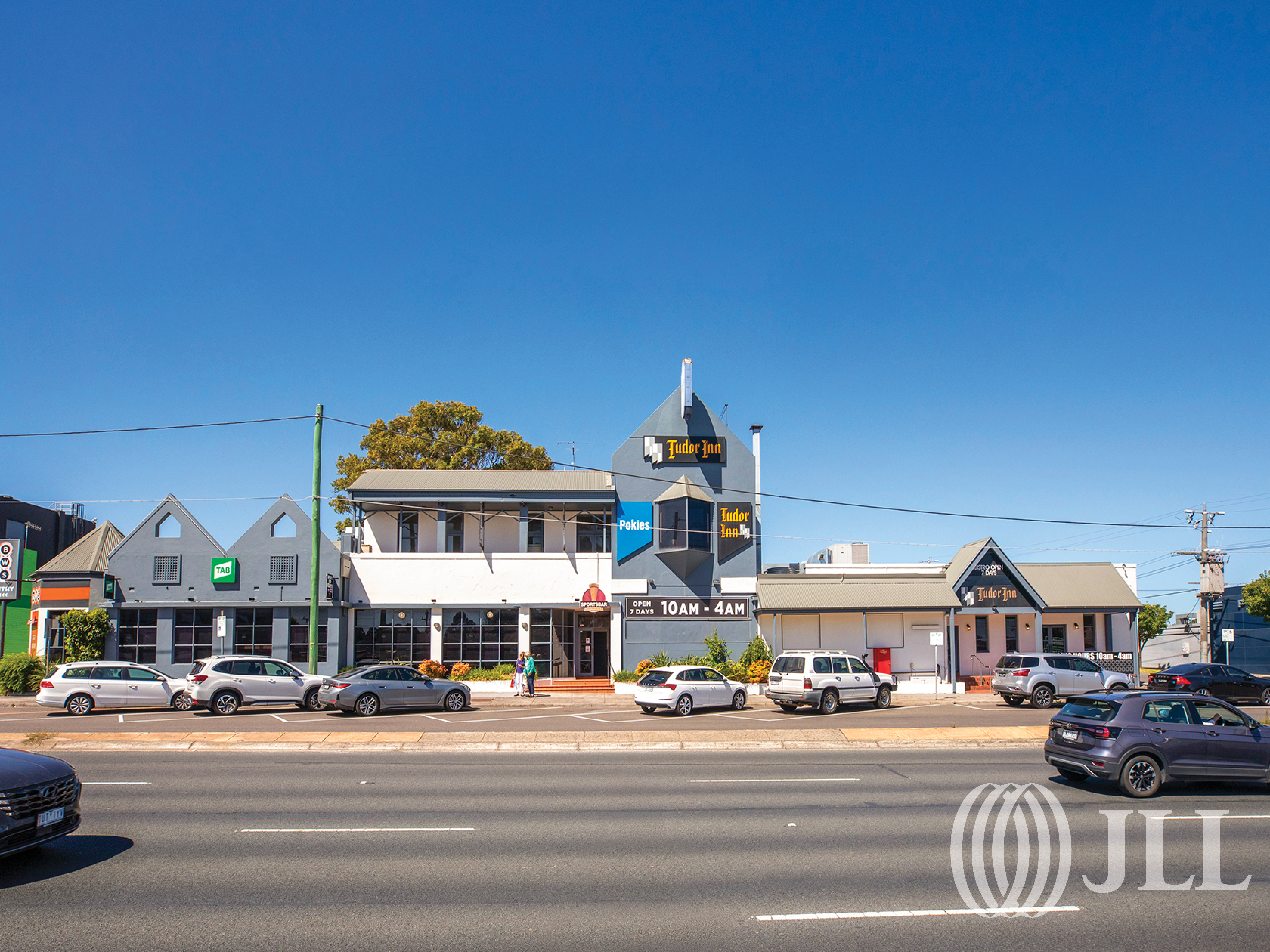Businesses zoom in on Melbourne warehouses
Industrial rents and inventory strategies are driving tenants to Melbourne
Melbourne was given the mantle ‘the most locked-down city in Australia' during the pandemic, but its new legacy is a boom in industrial real estate as it draws a wave of businesses building and leasing warehouses.
For many businesses, Sydney was top of the list. But as companies hold onto more stock as part of their post-COVID supply chain strategies, and their property requirements grow, Melbourne’s lower land prices and population growth are proving major drawcards.
An address in the Victorian capital is now a key concern for businesses smarting from the lockdown experience, which saw businesses struggling to import stock into the country and between cities and states, says Richard Phillips, JLL’s head of ANZ supply chain.
“Historically, companies stored everything in Sydney warehouses because you can easily get to Melbourne overnight, and supply chains typically rely on overnight service,” said Phillips. “But since COVID-19, most companies are increasing their inventory holding onshore by 25%-30%. This is helping drive stability into their supply chains, which became challenged.”
Looking for more insights? Never miss an update.
The latest news, insights and opportunities from global commercial real estate markets straight to your inbox.
Investors buy up
Melbourne warehouse sales in the fourth quarter of 2022 at A$482.8 million more than doubled the 10-year quarterly average of A$228.9 million, according to JLL research. This was on the back of a record-breaking third quarter of $897.5 million in sales, buoyed by a $300 million sale by super-fund backed developer ISPT as well as a $150 million purchase of the Vegemite and Bega Factory, 5 kms from downtown Melbourne, by U.S. group Hines.
In December, the shopping spree continued when ISPT bought 122,000 square metres on the key Princes Highway in Dandenong South to develop a logistics estate for e-commerce and essential manufacturing.
2022 was “probably the biggest year we’ve had,” said Tim Jackson, ISPT’s Industrial team general manager, who oversees a portfolio valued at $2.5 billion. “For the past 12 months we have seen returns of 29%, and over three years it’s been more than 20% per annum.”
Occupier demand for new buildings in the form of pre-lease and design and construction commitments are also strong. With occupier demand outpacing supply, rents are on the ascendency too, costing $112 per sqm in the Melbourne West precinct up 24.3 per cent in the past 12 months.
Investment Opportunities
Australia a bright spot
Australian logistics is one of the bright spots for investors in the Asia Pacific region, according to Peter Guevarra, Director, regional research, Asia Pacific, JLL.
Tight supply and demand dynamics underpin a solid outlook, similar to the wider region where rents rose 7.2% year-on-year in the fourth quarter last year, according to JLL data.
“Demand remains strong, and vacancy remains below the long-term average across mature markets,” says Guevarra. These market conditions make Australian cities favourites to emerge as the top rental growth performers in 2023, he says.
Contact Richard Phillips
Head of ANZ supply chain, JLLWhat’s your investment ambition?
Uncover opportunities and capital sources all over the world and discover how we can help you achieve your investment goals.




